Hyperallergic had a story about a couple casino developers who offered to build museums as part of a bid open some casinos in NYC.
According to the story, one would have developed a $15 million civil rights museum and the other “….included a museum dedicated to freedom and democracy, featuring works by international artists as well as pieces of the Berlin Wall.”
Both proposals, which were among about a dozen others, failed to pass review by two committees on the basis “…. staunch neighborhood opposition, increased traffic congestion, and negative effects on quality of life in their neighborhoods. “
Many of those submitting proposals also promised to build things like schools, concert venues, affordable housing, and hotels.
Apparently, the proposed museums weren’t really an enticing feature and didn’t elicit much conversation among committee members. Though New Yorkers are likely a little jaded by the plethora of museums and galleries available to them. In other communities the museums might have been more compelling elements.
A competing developer suggested
“…that the inclusion of a cultural institution as an amenity was merely a cynical ploy for public approval, rather than a sincere effort to improve communities.
This said, the group that proposed the civil rights museum said they intended to move ahead with the project which they claimed had many supporters. Hyperallergic noted they didn’t comment on the site of the museum and who those supporters might be.
One member of the committee reviewing the proposals was concerned about the casinos competing with other cultural icons.
He ultimately opposed the proposal because he feared the resort would detract from the Broadway theater industry, and because he did not trust the applicant to keep promises for future housing units.
A former commissioner of the NYC Department of Cultural Affairs said that pairing casinos with cultural organizations wasn’t an absurd idea, but did warn that the association may mar the image of the museum.
“Museums have to be cautious about what this does to their reputation,” Finkelpearl said, predicting that cultural institutions “will come under all kinds of fire if they’re seen as the group that opened the door for this use that people don’t want in the neighborhood.”
Artsjournal.com just linked to a piece on Artnet discussing this very topic of how corporate sponsorship can be a fraught topic for museums.
“There is no clear line as to what is considered good money versus bad money when it comes to corporate sponsorship,” said Leslie Ramos, co-founder of art philanthropy advisory firm The Twentieth, …“How long is a piece of string? What is considered a potentially good company and reputable company today is not necessarily going to be considered a good company in 10 or 20 years time.”

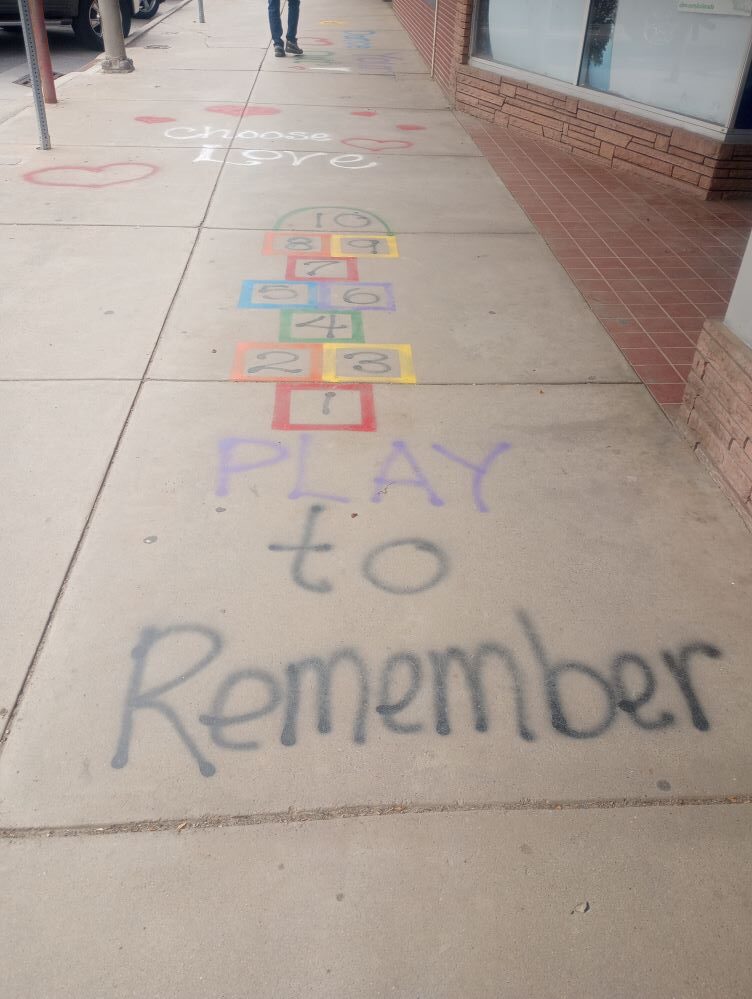
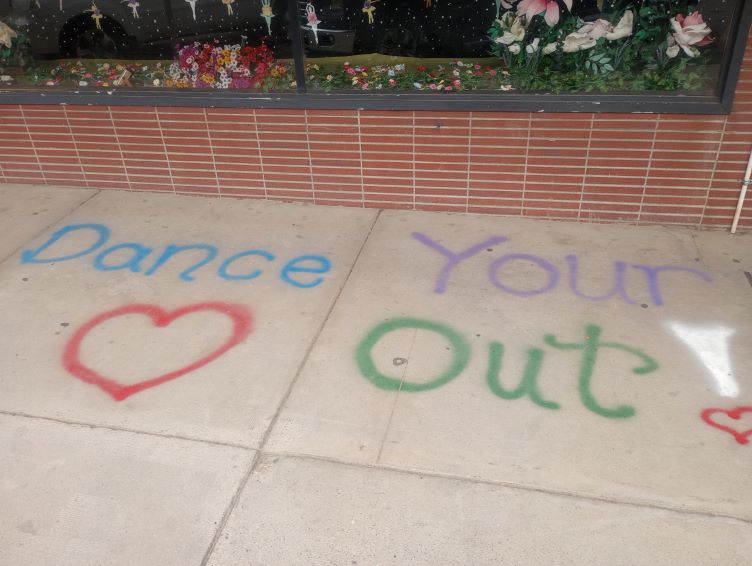
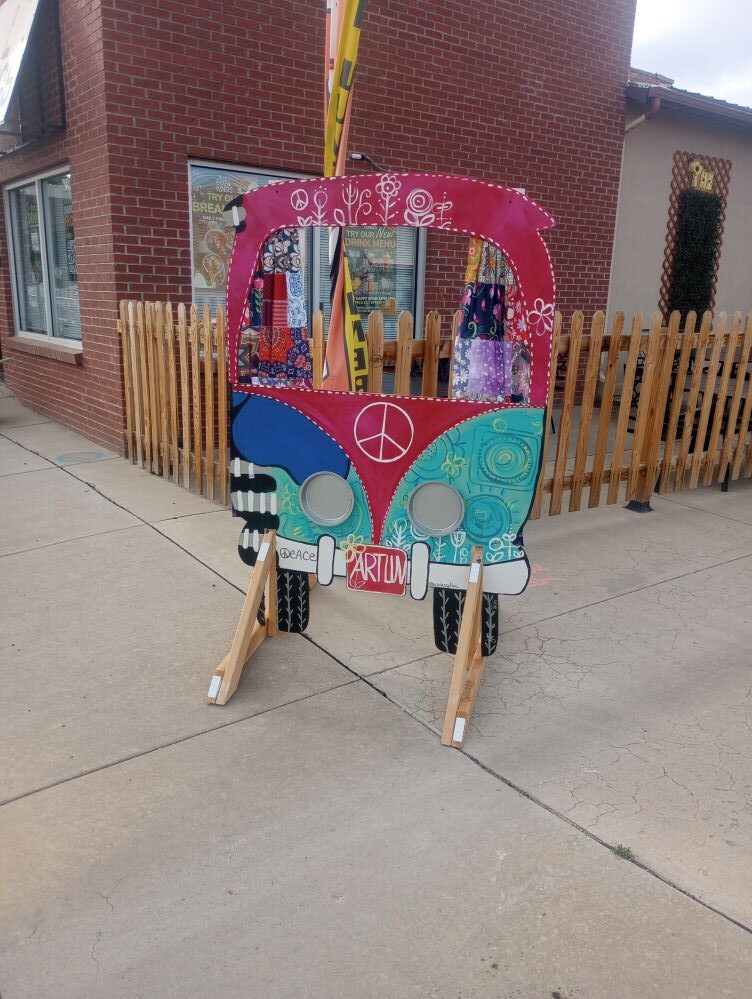
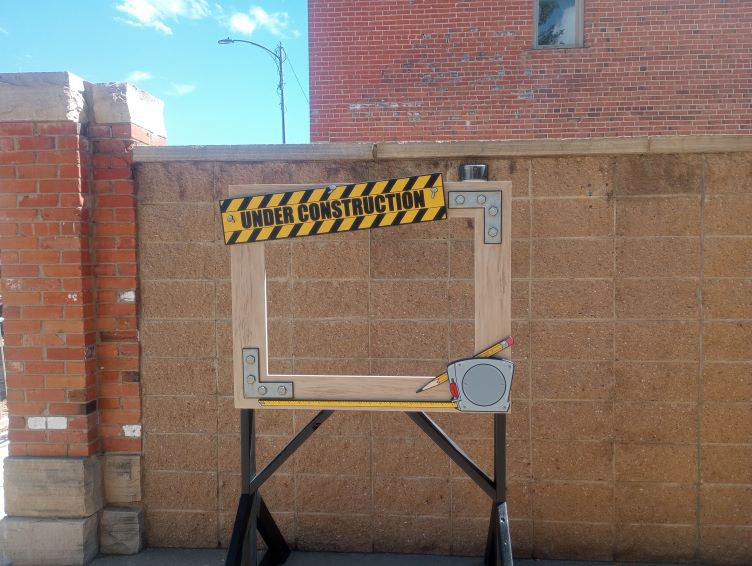
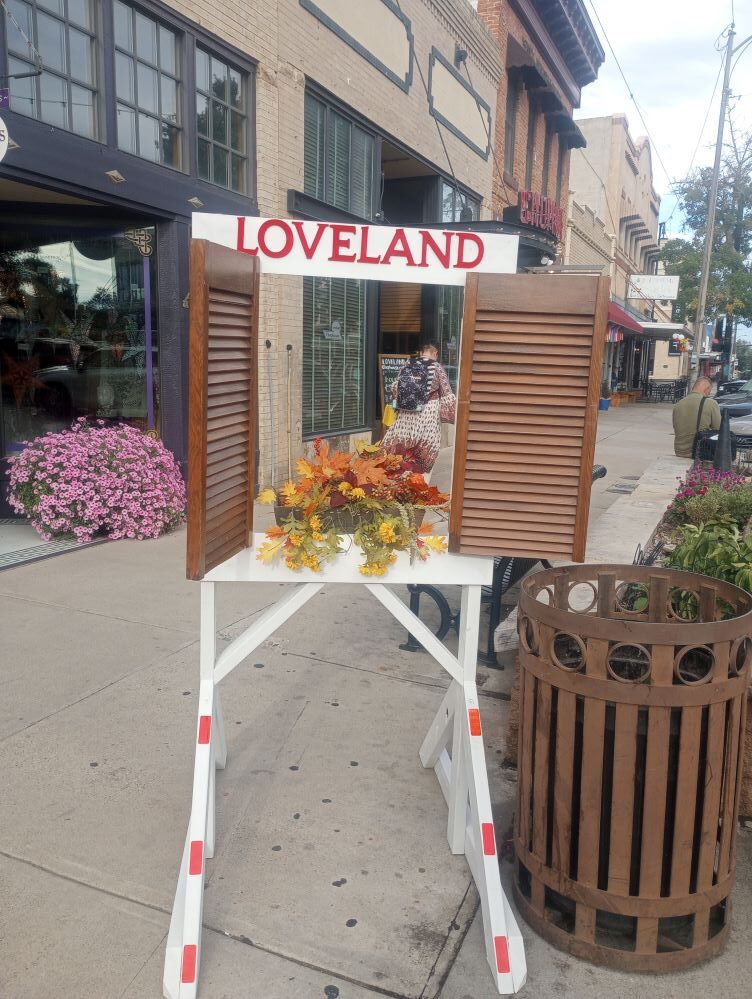
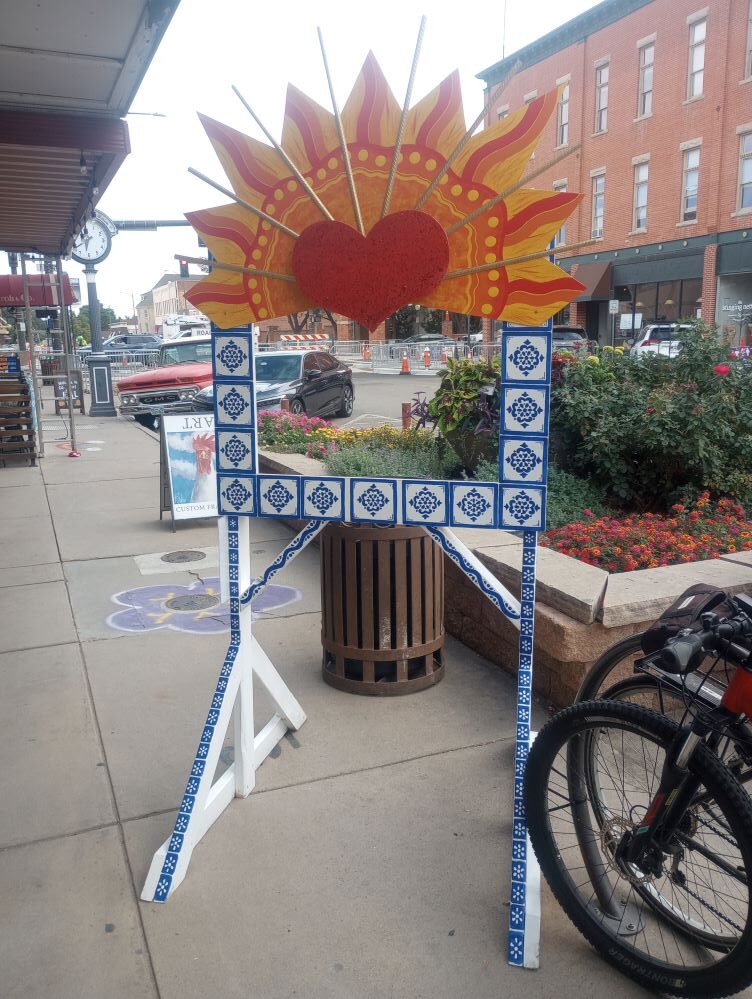

There is another way. The Gewandhaus Leipzig in Germany (concert venue) offers flex- tickets for a small premium. Not an…